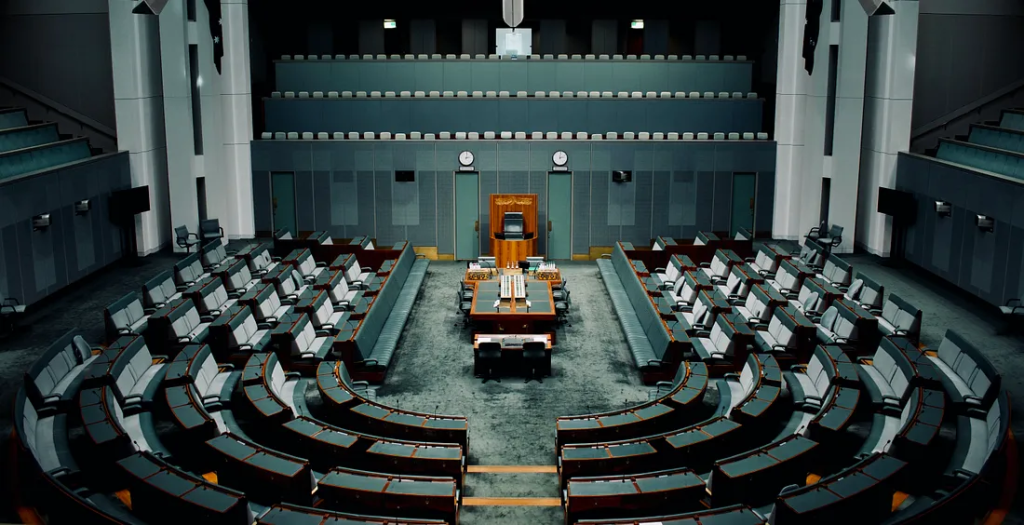Climate Policy and Governance are crucial to building a sustainable future for all. With it nations can contribute meaningfully to reducing the effects of climate change on people and planet.

Climate change governance poses difficult challenges for contemporary political or administrative systems. These systems evolved to handle other sorts of problems and must now be adapted to handle emerging issues of climate change mitigation and adaptation.
Climate change governance requires governments to take an active role in bringing about shifts in interest perceptions so that stable societal majorities in favor of deploying an active mitigations and adaptation policy regime can be maintained. Measures to help effect such change include: building coalitions for change, buying off opponents, establishing new centers of economic power, creating new institutional actors, adjusting legal rights and responsibilities, and changing ideas and accepted norms and experiences.

Revamp Rave Network held the tenth session of the Second Virtual cohort Programme training on climate change themed “Climate Policy and Governance” on the 2nd of July 2022. The session was taught Heeta Lakhani — Executive Director (India) for the 11th World Wilderness Congress and Seyifunmi Adebote — Host Climate Talk Podcast.
Heeta began her session by discussing the history of the international climate change policy, which began as a conference in 1979, on climate change, and the foundation of the International Panel of Climate Change (IPCC) in 1988.
In 1992, at the Rio Earth Summit, three Rio Conventions were opened. One of the three Conventions was the United Nations Framework Convention on Climate Change (UNFCCC). The main stakeholders at the UNFCCC are Parties (countries and their delegations), UNFCCC Secretariat, COP President, Observers (civil society, media and companies).
At the event, several ID cards are used to identify the different stakeholders. Therefore, a pink card is given to a party member, red card to a party head, blue to the members of the UNFCCC Secretariat, yellow to an observer, orange to a member of press, while a green card is given to intergovernmental organisations.

Heeta also discussed constituencies, a sub-group of observers, as loose groups of NGOs with diverse, but broadly clustered interests or perspectives. Among these are Youth NGOs (YOUNGO), Local Governments and Municipal Authorities (LGMA), Researchers (RINGO), Environmental NGOs (ENGO), Farmers, etc.
She further elaborated on the general structure of the UNFCCC. This involves parties giving rise to the Kyoto Protocol, UNFCCC, and Paris Agreement, which in turn give rise to Conference of the Parties serving as the Meeting to the Kyoto Protocol (CMP); Conference of the Parties (COP), and Conference of the Parties serving as the Meeting to the Paris Agreement (CMA) respectively. Lastly, all of these produce the Subsidiary Body for Implementation (SBI), and the Subsidiary Body for Scientific and Technological Advice (SBSTA), and these are all interconnected.

On Seyifunmi Adebote session, he started by explaining that climate change is not a start alone project, it is linked to energy conservation, food, water, trading, housing and this intersection makes it a complicated problem that we can’t just solve with one manual which makes it everyone’s problem.
The idea about climate policy and governance is that it is easy to have coherence between parties, it helps to bring about collaboration and innovation between actors, it helps to implement knowledge, ideas and perspective at climate levels. It establishes objectives and mechanisms, it helps to establish tools and structures for information on decision making and for follow-up on reporting and monitoring. It enables better collaboration between different actors at different levels, to identify the clear roles of different parties.
He moved forward to explain that multi-level climate governance is a continuous process of discussions, negotiations which involves diverse groups at both local and international levels and the purpose is to promote opportunities and prompt actions to address issues.
The broad key factors to consider when considering climate related decisions includes taking into accounts comments and recommendations from Civil societies who contributes to decision making processes and help drive local climate actions to improve the conditions for adaptation; Public Sectors like public institution which are responsible for the development of public policies, regulations and for decisions of national levels, Local governments; Private sectors which largely produce greenhouse gases, and Academia who provides knowledge and research to make people make informed decision and also make essential information’s readily available.
He concluded by saying climate action is every man’s business and the three things we should always consider are what are the actions to be taken, what are the possible challenges and what is the expected actions.